A digital technology called a queuing management system or virtual queuing meaning it aids businesses in controlling the daily flow of customers and visitors and making sure they are attended to in the most expedient way possible. According to their needs, businesses can divide clients into a distinct virtual queuing management system open source using queuing management systems, which can also fully automate the management of the entire customer flow. Let us consider how to manage virtual queuing in organizations in this blog post.
Virtual Queuing is a system that allows customers to join a virtual line for a service, rather than waiting in a physical line. The idea behind it is to reduce wait times and improve customer experience. In the case of mPass, it is a platform that facilitates virtual queuing for various services, such as amusement parks, government agencies, and medical clinics. Virtual Queuing is a technology that enables customers to wait in an online queuing instead of a physical one. “mPass” is a company that offers virtual queuing solutions for businesses. All faults and difficulties caused by people are eliminated by an automatic best virtual queuing management system. Since nobody else can serve before they are served, the client feels more secure knowing that they will be attended to in the order they are supposed to be. Additionally, automation can improve various service delivery steps, lessen staff workload, and speed up customer journeys. An overall waiting time reduction of between 50% and 60% can be achieved with a digital queuing management system, and in some cases, it can even be exceeded.
What is the Process of a Virtual Queuing?
The take-a-number machine you might see at a bakery or butcher shop is an unpolished forerunner to a Star Wars virtual queuing. This free virtual queuing allowed clients a spot in line and a little amount of flexibility to do what they wanted before their list-related numbers were called, even though it was a touch impersonal—nobody feels special when they are granted service by someone hollering their ticket number.
Virtual Queuing is a technology that helps manage and reduce customer wait times by allowing them to virtually wait in line instead of physically waiting in a line. The basic idea behind virtual queuing is that customers can join a virtual line for a service, such as at a theme park or government office, and receive an estimated wait time. With the help of technology, the virtual queuing app has advanced the take-a-number concept significantly. Customers use smartphones or other devices to check in to the line. When their turn is about to happen, individuals get notifications on their phones. They may also verify the number of people in front of them in the line by clicking a link. Customers can provide feedback or answer questions about the service they require when checking in or while they are waiting, providing employees with crucial information that will help them better accommodate them.
Virtual queuing works by scheduling; customers can schedule a time online in advance or once they arrive at the firm, can express vital information about their requirements through the application, and receive ongoing updates on the status of their appointments.
Why is there a need for virtual queuing management?
The goal of every organization, regardless of size, whether it be a small business, retail outlet, major corporation, government agency, bank, hospital, university, or college, is to enhance the customer experience and journey to maximize customer happiness. The reputation of the company and its brand can be directly impacted by client satisfaction. It is crucial for expansion and profitability. When compared to conventional queuing management systems, virtual queuing-enabled management systems are far too effective in doing it. The following are some major advantages of queuing management systems with virtual queuing support:
- Boosting staff efficiency
A significant portion of the staff’s workload is reduced through a virtual queuing system, which also increases worker effectiveness. Animosity from consumers may wear down even the most zealous personnel, and waiting in line can only add to that anger. By enhancing consumer satisfaction, virtual queuing systems also enhance employee satisfaction. Employees then continue to enhance the customer experience, creating a pleasant loop of respect and service.
-
Applications for smartphones:
The virtual queue management system can integrate with smartphone apps or offer specialized smartphone applications, both of which are very useful in assisting customers and visitors.
-
Integrating systems from third parties:
The virtual queuing management system supports third-party system integration, just like any other high-tech business solution, which enables organizations to offer a range of features and enhance corporate operations and service delivery methods.
-
Increased profitability:
By improving employee productivity, enabling resource optimization, and boosting customer satisfaction and retention rates, a virtual queuing system can dramatically cut costs while generating income.
-
Shorten the wait time:
Virtual lines at Disney and remote sign-ups allow the wait time to be practically zero. Employees move faster to the next person in the virtual queuing when they are concentrated on the customer at hand and equipped with customer data that streamlines service rather than the line behind that customer. Wait times are reduced as a result.
-
Preventing crowds efficiently:
The number of active lines is automatically controlled by smart algorithms incorporated into the system, and everything is constantly monitored to avoid crowding. Plus, the Disney world virtual queuing system reduces the amount of upkeep required around the service space while simultaneously enhancing traffic flow through and around the waiting area. For instance, cleaning up after someone spills a beverage while standing in line takes resources away from other parts of the business and also causes disorder because the line now needs to move around the mess. A spill might still occur with virtual queuing, but cleaning would be simpler and less disruptive.
-
Feedback from customers:
Customers who don’t have to wait in a crowded lobby or stand in a long line are typically pleased. As a result, people frequently spend more money with you, patronize you again, write glowing internet reviews, and recommend you to their friends and relatives. Customers receive better, possibly even tailored service when they get to the front of the line since they can communicate their wants through the virtual queuing software. People who may be accustomed to expecting a less-than-pleasant experience will receive a fantastic experience due to virtual queuing, which is fundamentally customer-centric.
-
Business intelligence, KPIs, and reports:
The digital queuing or virtual queuing Disney management system, like any other contemporary virtual queuing systems, can successfully track numerous KPIs and collect data from all client touchpoints. A fantastic business intelligence collection is produced by its ability to deliver reports that can be used, as well as its ability to integrate data with other virtual queuing systems.
How can users join virtual queuing?
Virtual queuing fully utilizes digital tools and solutions. Some businesses favor having a straightforward, one-click mobile queuing app. Other businesses have self-check-in kiosks or tablets set up at the front of their buildings. A customer inputs their information, joins virtual queuing, and is then free to continue with their day. Last but not least, some businesses have a designated customer greeter who handles the registration of new visitors. At mPass, we’ve discovered that a hybrid version performs the best. Customers do require a mobile access option and self-service capability. Having a greeter also contributes to creating that sympathetic connection.
Additionally, it is a smart idea to have a specific website that informs visitors when to visit. For instance, mPass’s Kiosk displays the following on only one page:
- Your location’s current status: open, closed, or busy.
- The number of customers that are awaiting service.
- The typical wait time.
- Appropriate times to visit.
- The location’s schedule and hours of operation.
- A map and connections.
The components that make up virtual queuing crucial
Virtual queuing aid in smoothing out the waiting experience’s rough edges. The goal of virtual queuing is to improve your service from the moment a customer enters your establishment.
- Self-serve retail: Customers add their names to the queue, which speeds up the procedure.
- Choosing a service: Customers are free to select the services they require a sign-in. This aids staff in providing a seamless check-in experience in the office premises.
- Anticipated wait times: The system determines the average wait time by accounting for all clients who are currently in line. Additionally, having precise figures reduces the perceived wait time.
- Digital billboards: The current status of a queue is displayed on in-store service screens, providing customers with a more accurate estimation of how long they will have to wait.
- Notices by SMS: Customers are notified of their turn via text messaging. They are free to look around and window shop as a result.
- Bilingual user interface: Giving customers the choice to select their favorite language is essential because the modern client base tends to be highly diverse.
Virtual queuing lets your firm communicate with consumers more effectively and offers employees a better approach to managing human resources.
- A central and multichannel dashboard: The virtual queue systemsis accessible to staff members from a variety of devices, ensuring uninterrupted service.
- Automatic assignment of customers: In actuality, both automated and manual client assignment methods should be used in virtual queue systems. most of the time fully automated, with the opportunity of manual changes depending on the service context (for example, moving a customer to a different line that better corresponds with their needs).
- Allocate staff resources: Planning staff availability is much easier when we are aware of how many visitors have signed up for each service option.
- Sorting and labeling by customers: Offering more individualized experiences are made possible by the ability to group customers according to their specific demands. The process of classifying customers is made simple by labels and custom input fields.
- Reports on performance: Making better business and personnel-related decisions are aided by the system’s real-time data collection and storage of previous insights (wait times, service times, number of visitors, etc.).
The advantages of a virtual queuing
Virtual queuing gives your consumers a lot of freedom because they don’t tie them to a certain location. In other words, once you respect their time, your clients will frequently return the favor by taking the time to visit your business and conduct some window shopping. Through cross-selling, impulsive purchases, and taking note of deals, this should ideally result in higher revenue.
There are nine main advantages of a virtual queue in total:
- Improve the flow of customers.
- Shorten wait times and service intervals.
- Shorten the impression of waiting.
- Uphold the standards for equitable queuing.
- Keep track of and enhance employee performance.
- Boost operational effectiveness.
- Provide a more individualized level of service.
- Reduce customer angst.
- Boost client satisfaction.
Virtual queuing gives your consumers more freedom in how they connect with your company while boosting your capacity to deliver top-notch customer support.

Several industries use a virtual queuing
Virtual queuing at the checkout
Given how well virtual queuing applies to retail, this is the simplest use case. Virtual queue management offers retail a number of benefits that are also easy to understand. Reduced wait times and reduced perceived wait times are two significant benefits that aid in reducing annoyance and stress. Real-time analytics also increase team productivity and enable decision-making based on accurate facts. What is handled is what is measured. Last but not least, being able to text consumers helps build a relationship while also informing them of delays. People want genuine encounters with businesses more than ever before.
Virtual queuing in banking
Physical lines also cause tension, uncertainty, and unhappiness. Virtual queuing enables banks to do away with the inconveniences of actual lines and give consumers more time. A virtual queuing system also allows bank tellers more control over the customer experience. Bank staff can direct consumers to a different service agent based on their needs and provide a better level of personalized care.
The virtual queuing for medical services
Virtual queuing systems assist in providing a superior patient experience by dramatically lowering wait times. Furthermore, they enhance the experience for caretakers. Virtual queuing that is updated in real-time help your hospital or clinic run more efficiently. By letting the patients and the system handle registrations, hospital employees spend less time running the waiting area and more time providing high-quality care. Text messages are a convenient way for staff and patients to communicate. Patients are informed of any delays and anticipated wait periods, which lessens irritation and enhances visitor flow.
Virtual queuing in academic settings
Stallions and paper tickets are traditional, antiquated methods of queuing management that make it difficult to efficiently control big student lines. Students tend to be more vocal about unsatisfactory encounters and expect high-quality service. In the registrar’s office, library, and other crucial areas at educational facilities, virtual line-ups lessen actual traffic. By more effectively scheduling their task, the administration can avoid service bottlenecks. Your workers and students can concentrate on their studies and tasks by using a virtual queuing system.
Virtual queuing at government workplaces
One of the largest general complaints made about government offices is the wait time. A virtual queuing tool that is in use lessens this while also offering a more personalized experience. The citizen flow is significantly improved by a self-service sign-in solution, which also lowers operating expenses and total wait times. Visitors are kept informed with real-time updates and SMS messages, and the situation is better-understood due to detailed service data. Employees are given information on the real numbers for no-shows, walkaways, service time, etc. Virtual queuing is the quickest way to appease the masses, which is something government offices must consider when considering public perception and visitor satisfaction.
Conclusion:
The virtual queuing management system is the best queuing management system with an added function that permits the virtual queuing process. Feel free to contact mPass as they provide a great virtual queuing solution in India whether you are looking for virtual queuing management or if you just want to learn more about it.
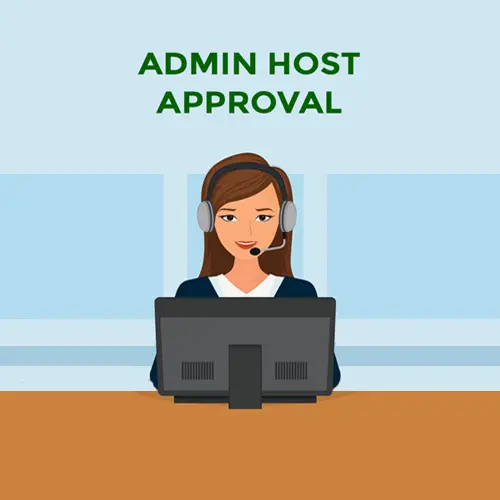

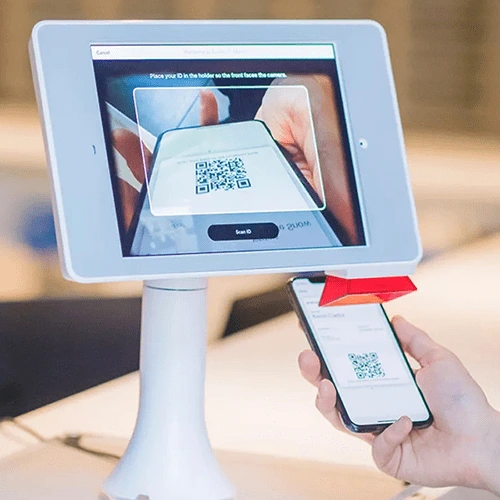
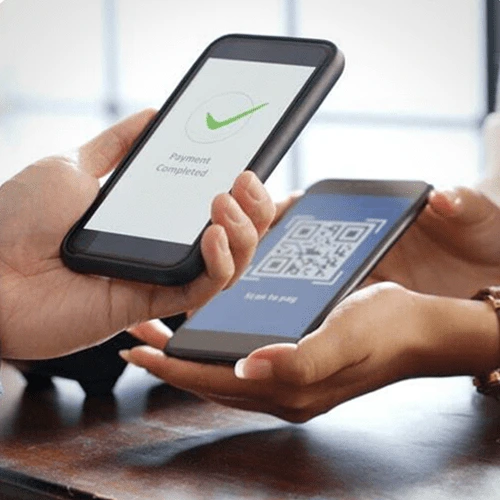
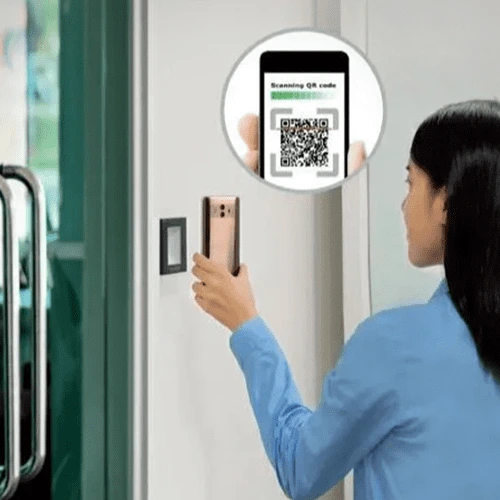
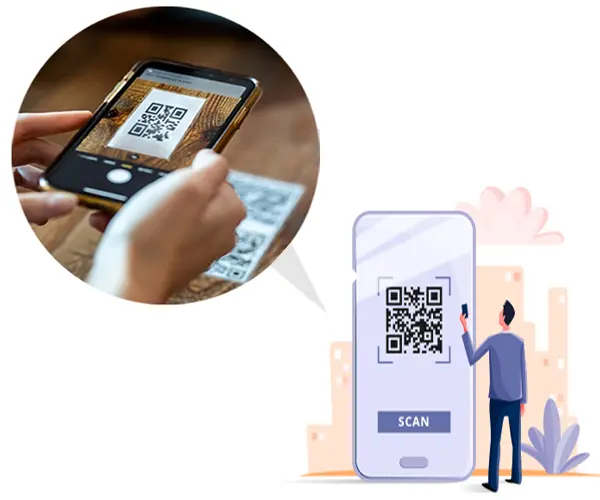
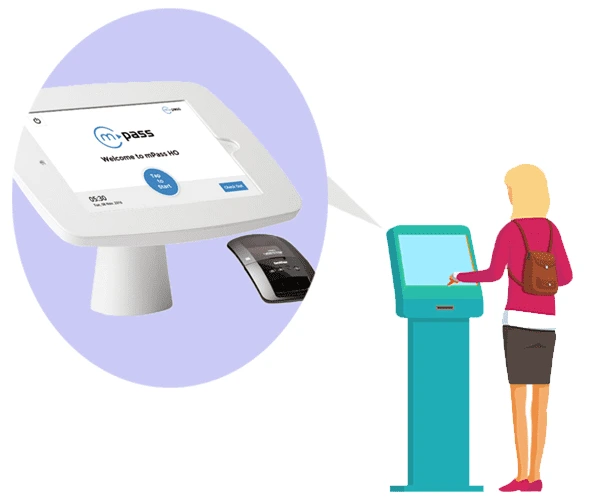









Test